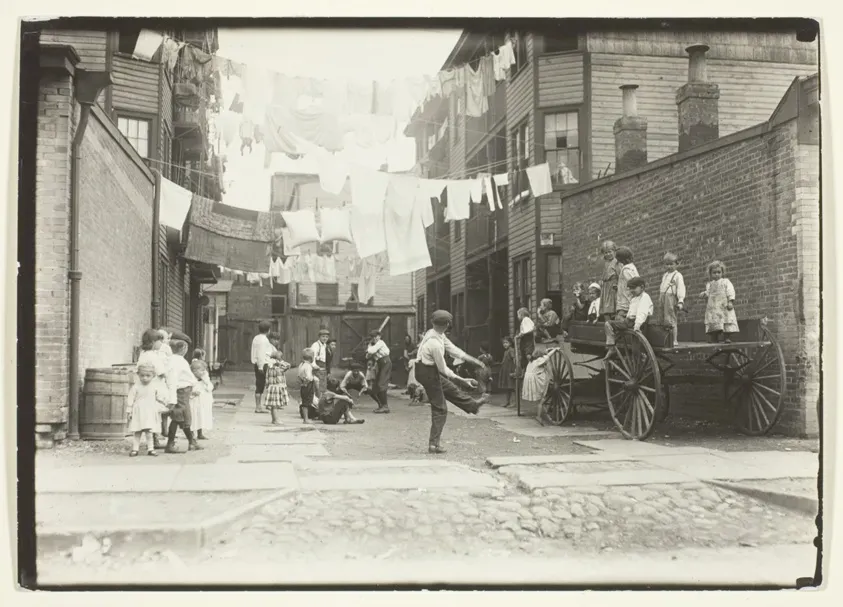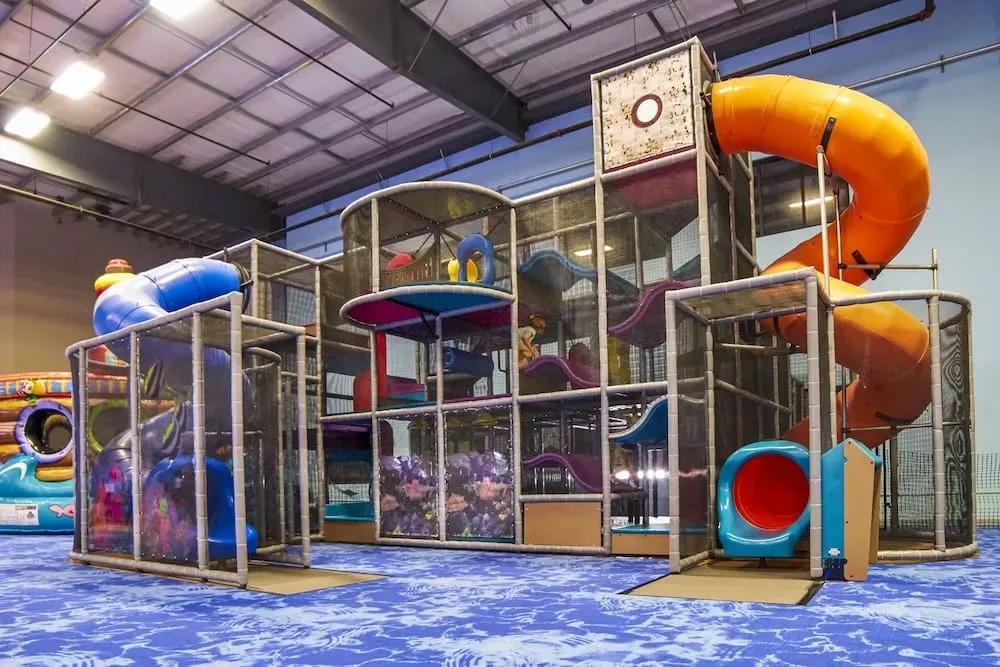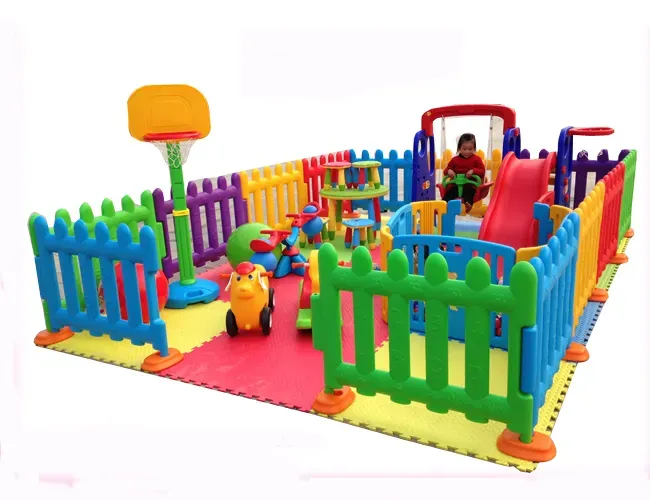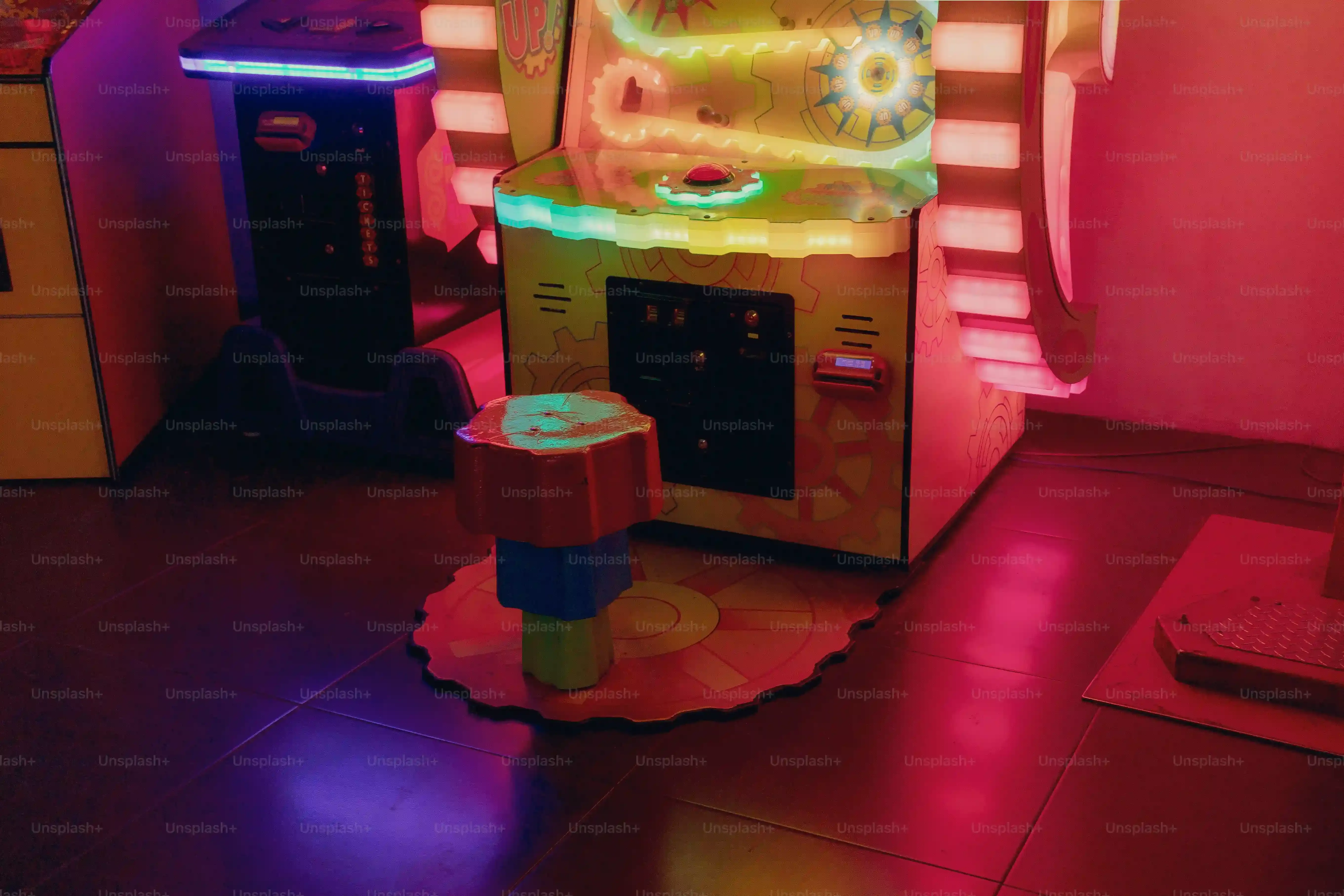Table of Contents
Are you tired of kids bouncing off the walls, literally, when the weather turns sour? Rain, snow, or scorching heat can turn energetic youngsters into restless indoor tornadoes. Or perhaps you're aiming to create a safe, engaging environment that keeps families lingering longer in your business or provides crucial sensory input in a therapeutic setting. It's tempting to view indoor play spaces as merely padded rooms filled with colorful shapes. But the truth about soft indoor playground equipment is far more impactful. This isn't just about providing a place to tumble; it's a strategic tool. High-quality soft indoor playground equipment offers significant developmental advantages for children, promoting physical activity, social skills, and imaginative play, all while mitigating risks. For businesses and institutions, it's a powerful magnet for families. But selecting the right pieces, ensuring they meet stringent safety standards, and maintaining your investment requires careful consideration. In this article, we'll dive into why this equipment matters, what to look for, how to prioritize safety, and how to keep it in prime condition.
Why Soft Indoor Playgrounds? More Than Just Fun

Why Soft Indoor Playgrounds? More Than Just Fun
let's talk about soft indoor playgrounds. If you're thinking it's just a place to dump kids when it's raining, you're missing the bigger picture entirely. Why soft indoor playgrounds? More than just fun, these spaces are actually critical environments for child development in ways you might not immediately recognize. They aren't just convenient alternatives to outdoor play; they offer a controlled, safe setting where children can develop crucial motor skills, spatial awareness, and even problem-solving abilities. Think about it: navigating ramps, crawling through tunnels, and balancing on soft surfaces all contribute to physical literacy. Plus, interacting with other kids in these shared spaces builds social skills and teaches cooperation (or, let's be honest, negotiation over who gets the good slide). It's a developmental powerhouse disguised as a padded wonderland, and that's why it's worth paying attention to the details of soft indoor playground equipment.
The Real Benefits of Soft Indoor Playground Equipment

The Real Benefits of Soft Indoor Playground Equipment
Boosting Physical and Motor Skills Indoors
So you might be thinking, " it's a rainy day option, got it." But focusing solely on convenience misses the mark. The Real Benefits of Soft Indoor Playground Equipment go far beyond just keeping kids busy. Think about it: climbing, crawling, sliding, and balancing on varying soft surfaces directly contributes to developing gross motor skills, coordination, and balance. It's a controlled environment where falling is less likely to result in tears or trips to the ER, encouraging children to push their physical boundaries safely. They learn how their bodies move in space, how to navigate obstacles, and build strength they might not get from just running around a flat room. It’s like a gym class disguised as playtime, and that’s a win-win.
Beyond Bouncing: Cognitive and Social Gains
It’s not just about the physical stuff, though that's a huge part of The Real Benefits of Soft Indoor Playground Equipment. These spaces are social melting pots. Kids learn to share, take turns (eventually), and communicate with peers outside their immediate circle. They engage in imaginative play, turning a soft foam block into a spaceship or a slide into a pirate ship plank. This kind of free play is crucial for cognitive development, problem-solving, and creativity. For children with sensory processing needs, the varied textures and pressures from soft play equipment offer valuable input in a safe, predictable way. It's a multi-sensory experience that supports development across the board.
So, what are we really talking about here?
- Improved gross motor skills and coordination.
- Enhanced balance and spatial awareness.
- Increased physical strength and agility.
- Development of crucial social skills (sharing, cooperation, communication).
- Stimulation of imaginative and creative play.
- Valuable sensory input for diverse needs.
- A safe environment to practice risk-taking behaviors.
Picking the Right Soft Indoor Playground Equipment for Your Space

Picking the Right Soft Indoor Playground Equipment for Your Space
Alright, so you're sold on the idea of a soft play area. Great. Now comes the slightly less glamorous, but crucial, part: Picking the Right Soft Indoor Playground Equipment for Your Space. This isn't just about throwing some foam blocks into a corner and calling it a day. You've got to size up your space – literally. Is it a tiny nook in a coffee shop, a dedicated room in a school, or a massive leisure center? Who are the kids who'll be using it? Toddlers? Older elementary kids? Both? Their ages dictate the type and scale of equipment you need. And let's not forget the budget; that tends to be a rather firm constraint, doesn't it? Ignoring these factors leads to equipment that's either too big and cramped, too small and boring, or just plain unsafe for the intended users.
So, before you get lost in catalogs filled with brightly colored shapes, have you clearly defined the age range of the primary users and the exact dimensions of your available space?
Safety First: Making Soft Indoor Playground Equipment Secure

Safety First: Making Soft Indoor Playground Equipment Secure
Beyond Padding: Understanding Safety Standards
let's talk brass tacks about keeping kids from getting hurt. It's not enough to just buy colorful foam shapes and call it a day. Safety First: Making Soft Indoor Playground Equipment Secure starts with understanding the regulations. We're talking about standards like ASTM F1912, the big one for soft contained play equipment. If your equipment doesn't meet these standards, you're essentially rolling the dice. Manufacturers serious about safety get their gear certified. This means the materials aren't toxic, the structure won't collapse under load, and there aren't sneaky pinch points or head entrapment hazards. Think of it as the building code for fun zones; ignoring it is just asking for trouble and potential lawsuits.
Installation and Ongoing Vigilance
Even the safest soft indoor playground equipment becomes a hazard if you install it incorrectly. Fall zones, the areas around and under equipment where kids might drop, absolutely need proper impact-attenuating surfacing. The padding thickness has to match the potential fall height. A few thin mats aren't going to cut it under a structure designed for climbing. Beyond installation, safety is a daily, weekly, and monthly job. You need a routine for inspecting the equipment. Are seams splitting? Is the foam worn down? Are there any loose ties or connections? Ignoring small issues allows them to become big, dangerous problems over time. It's less exciting than watching kids play, but crucial for keeping them safe.
Key Safety Checks to Remember:
- Verify equipment meets current ASTM or equivalent safety standards.
- Ensure all materials are non-toxic and fire-retardant where required.
- Check for proper fall zone surfacing and adequate padding thickness.
- Inspect for worn or damaged foam, covers, and stitching.
- Look for loose bolts, ties, or structural connections.
- Confirm there are no head entrapment or pinch point hazards.
- Ensure clear visibility throughout the play area for supervision.
Maintaining Your Soft Indoor Playground Equipment Investment

Maintaining Your Soft Indoor Playground Equipment Investment
Keeping it Clean: The Daily Grind
you've picked the perfect soft indoor playground equipment, got it installed safely, and the kids are loving it. Fantastic. Now comes the part that keeps it looking good and, more importantly, hygienic and safe: Maintenance. Maintaining Your Soft Indoor Playground Equipment Investment isn't a one-and-done deal. Think of it like owning a car; ignore the oil changes and eventually, you're stuck on the side of the road. For soft play, the daily grind is all about cleaning. Kids are sticky, germy little humans – bless their hearts. Surfaces need regular wiping down with appropriate, non-toxic cleaners. We're talking spills, snot, dropped snacks, the works. If you don't have a strict daily cleaning protocol, that colorful play structure quickly becomes a petri dish. It's not glamorous work, but it's non-negotiable for health and appearance.
Checking for Wear and Tear: The Inspection Ritual
Beyond the daily wipe-down, Maintaining Your Soft Indoor Playground Equipment Investment requires a more structured approach to inspections. You need eyes on this equipment regularly, looking for signs of wear and tear before they become dangerous failures. Are seams coming undone on the foam pieces? Is the vinyl cover ripped anywhere, exposing the inner foam? Are there any loose bolts, ties, or netting components? What about the anchors holding it to the floor or wall? These are the things that can trip kids, cause pinches, or lead to structural instability. A simple checklist and a designated person (or team) to perform weekly and monthly inspections can catch small issues. Fixing a small tear is cheap; replacing a whole section because a tear was ignored? Not so much. Plus, you avoid the nightmare scenario of an injury occurring because maintenance was overlooked.
Regular Inspection Checklist:
- Check all seams and stitching for separation or fraying.
- Inspect vinyl or fabric covers for rips, tears, or excessive wear.
- Look for loose or missing hardware (bolts, screws, ties).
- Verify netting is intact and securely fastened.
- Examine padding thickness and condition in fall zones.
- Test stability of climbing elements and structures.
- Ensure all entry and exit points are clear and safe.
- Confirm anchor points are secure and not damaged.
Making the Most of Your Soft Play Space
Ultimately, investing in soft indoor playground equipment isn't just about filling a room with foam shapes. It's about creating a dynamic environment that serves multiple purposes – fostering child development, attracting and retaining visitors, or providing essential sensory experiences. We've covered the undeniable benefits, the critical factors in choosing the right gear, the non-negotiable aspects of safety, and the practicalities of keeping everything in shape. Getting this right requires thoughtful planning and attention to detail. The payoff, however, in terms of happy kids, satisfied parents, and a thriving space, is tangible. Don't treat this as an afterthought; consider it a core component of building a successful, engaging, and safe indoor environment.